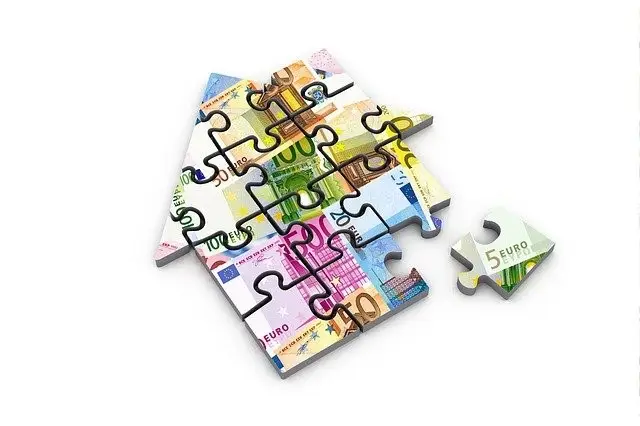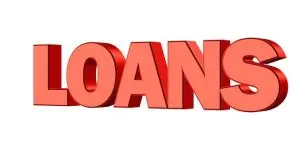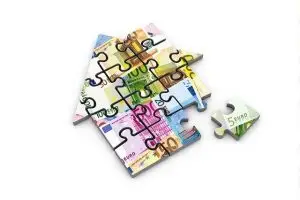What is the Principal in a Mortgage Loan?

What is the Principal in a Mortgage Loan? Find Out Now!
If you’ve ever taken out a mortgage, then you’ve probably encountered the term Principal. What is it? And more importantly, how can you keep your loan from turning into a Principal drain? Let’s find out!

What is the Principal in a Mortgage Loan? Find Out Now!
What is the Principal in a Mortgage Loan?
The Principal of a mortgage loan is what you borrow in the first place. In other words, the amount you borrow is the Principal amount. And that principal amount is what is repaid to your lender at the end of the loan. Thus, the lender will get their money back at the end of the loan. When a mortgage loan is repaid, the lender will collect the equivalent amount of interest from the borrower. For example, if you take out a $200,000 mortgage with an interest rate of 5%, then your loan balance will be $205,000. Over the term of the loan, the lender will want to collect (or “repay”) $205,000. However, the lender has to make a profit ($200,000 – $205,000 = $5,000). So, the lender will charge you 5% interest on $205,000. The $205,000 is the Principal you borrow, and $205,000 is the amount you pay back at the end.
What Does the Principal Repay?
In order to make the loan, the lender must have a certain amount of money in their possession. This is called the “collateral”. The collateral is what backs the loan. You are the “collateral’ for the loan. For example, let’s say you have a $200,000 mortgage loan with a 5% interest rate. According to the terms of the loan agreement, the lender must have your home as the collateral. In other words, the lender expects to get their money back from you if you don’t repay the loan. So, the lender will want to get back (or “repay”) $200,000 from you. However, the lender must make a profit of $200,000 – $200,000 = $0 profit. So the amount they will get “repaid” is the principal amount $200,000.

What is the Principal in a Mortgage Loan? Find Out Now!
How Is Interest Earned on the Principal in a Mortgage Loan?
As mentioned above, the lender will charge interest on your loan. This interest is what the lender makes on the loan. It is the lender’s profit. Now, if you add up the amount you owe (Principal + Interest), you will get the total amount you must repay to the lender. However, your monthly payments don’t cover the entire amount. So, what you actually pay back is less than what you owe. This difference is the amount that the lender charges as interest. This interest is how the lender earns profit on your loan! As a mortgage loan is repaid, the amount paid back to the lender is called the “interest”. This is how the lender makes profit on your loan!
Why is Principal Important to Know?
The most common reason that people fail to repay their mortgage loan is that they simply don’t have enough money to pay the amount they owe. This is why it’s important to know your monthly cash flow and to have a budget. However, there are also people who simply fall behind on their payments. Regardless of the reason, when a mortgage loan is not repaid, the lender has the right to take your property. This is called a “default”. When the lender forecloses on your property, you will lose your home. Simply put, missing a mortgage payment can put you in a difficult financial situation. If you don’t know what your monthly cash flow looks like, and you don’t have a budget, then you might end up defaulting on your loan. When lenders see that you don’t know your monthly cash flow, they might be reluctant to extend you another loan.
Bottom Line
The Principal in a mortgage loan is what you borrow in the first place. And that principal is what you repay at the end of the loan. The Interest that is charged is how the lender makes profit on your loan. And the amount you pay back is the interest amount. The Monthly payments don’t cover the entire amount. What you actually pay back is less than what you owe. This difference is the interest amount. When lenders see that you don’t know your monthly cash flow, they might be reluctant to extend you another loan. This is why Principal and Interest should be top of mind when you take out a mortgage loan.
